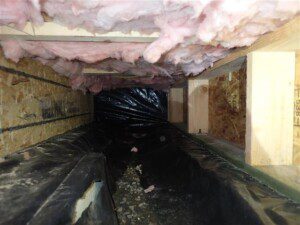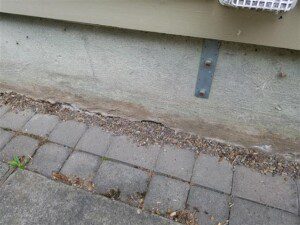Earthquakes are one of the most destructive forces on earth and can cause devastating damage to the structure of a home. Damage can include a home sliding off of its foundation, masonry breaking apart, plumbing lines snapping, and gas lines rupturing. Fires are common in the aftermath of a seismic event and can easily consume a home even after the ground has stopped shaking. While no home is earthquake proof, there are certain reinforcements that can be done to secure your home more effectively to its foundation and help to prevent significant structural damage.

While there are many potential methods of retrofitting an older home to be more secure against seismic activity, the most common methods include foundation bolting, cripple wall bracing, and automatic gas shut off devices. While foundation bolting is standard in newer homes, older homes often do not have this in place. Homes are bolted by drilling holes through the sill plate and installing anchor bolts through these holes into the foundation. This will keep the home structure attached to the foundation should an earthquake strike.

Lastly, adding an automatic gas shut off to the gas service meter can help to prevent a gas leak and potential fire or explosion should the gas lines be damaged during an earthquake. These devices automatically shut of the gas service when they detect strong vibrations. When these vibrations are detected, the devices shuts the gas line off quickly, preventing gas from escaping into the home.
